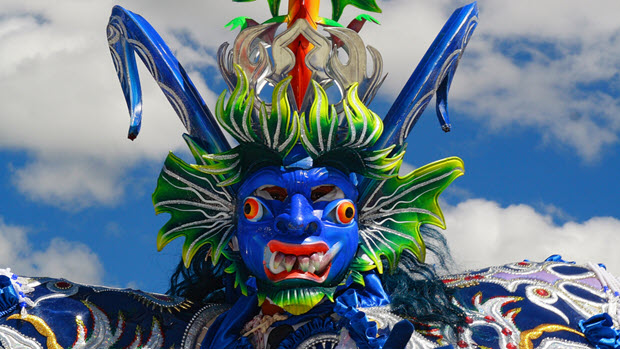
Dancing Devils in Puno: The Masks and Costumes
Among the richest and most fascinating traditions in Peru is the Festival of the Virgin of the Candelaria in February (known as Candlemas in some English-speaking countries). In Puno, a Peruvian city across Lake Titicaca from Bolivia, the Festival of the Virgin of the Candelaria seamlessly combines indigenous and European traditions into an incredible explosion of culture. It’s also where you can find the “Dancing Devils in Puno” — traditional dancers wearing the most intricate, bedazzled masks and costumes you could ever imagine.
You Might Also Like: The Ultimate 3 Days In Puno
Dancing Devils in Puno: The Masks and Costumes
The attire for the Festival of the Virgin of the Candelaria is by no means a casual tradition. It is a central part of not just the culture, but the economy in Puno: costume-makers work year-round to make the colorful attire. Traditional Peruvian clothing is beautiful, but these masks and costumes take it to a new level of fine artisan crafting.
The dancers wear the costumes of angels and demons, hence the name “dancing devils.” The costumes involve multiple layers of bright, fine clothing, and masks adorned with colorful stones. Often, they include helmets, wings, and swords. As a result, the costumes are heavy, some weighing as much as 110 pounds all said and done, and sometimes a single costume can take an entire month to make.
The traditional, colorful dance associated with the festival is known as La Diablada (“Dance of the Demons”) and involves plenty of plot and interplay between angels and demons.
Who is the Virgin of Candelaria?
The Virgin of Candelaria (or Virgin of Candlemas) is one of many representations of the Virgin Mary. This particular representation focuses on Mary forty days after the birth of Jesus, and the Festival celebrates her purification. Since the Festival of the Virgin of Candlemas takes place forty days after the birth of Jesus, it occurs in early February every year.
The Virgin of Candelaria was first celebrated in Tenerife, the capital of the Canary Islands, and the Spaniards brought the tradition to Peru when they conquered it in the 16th century. Over time, the Spanish traditions mixed with the customary indigenous traditions, which is why the festival today includes elements of both cultures. Now, the festival is designated as a piece of Cultural Heritage by UNESCO.
Can I visit the Festival of the Virgin of Candelaria?
Yes! The festival draws plenty of tourists from around the world who are eager to observe and participate in a religious celebration featuring such vibrant costumes, dances, and traditions.
Puno is easily accessible from the airport in the neighboring city of Juliaca, and there is excellent infrastructure for tourists, given other year-round tourist destinations in Puno, like the uros (floating islands) on Lake Titicaca.
Fertur is in the process of preparing a touristic package for travelers to Peru who want to experience the colorful dance, masks and costumes of the Festival of the Virgin of the Candelaria, so if you are interested, we invite you to check out the Special Offer package on offer for 2019. We also offer packages to a number of other religious festivals around Peru, such as Inti Raymi and Paucartambo: Peru Cultural Festivals Packages.
Let us know if you have any questions about this or any other Peru holidays. Just reach out to us through Whatsapp or our Contact Us form.
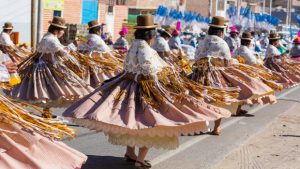
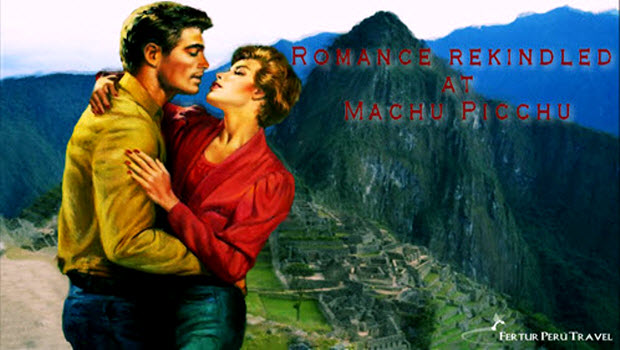 The romantic journey to Machu Picchu
The romantic journey to Machu Picchu 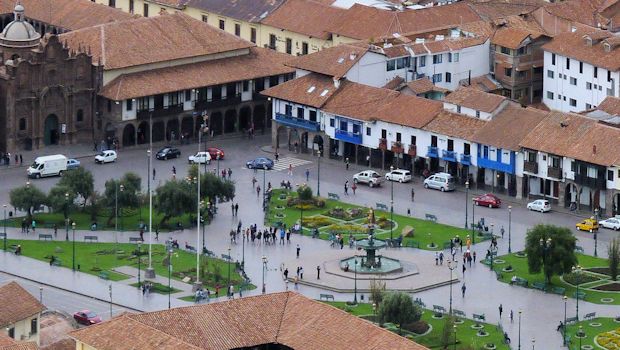 Pilot project: Cusco’s main plaza a vehicle-free pedestrian zone
Pilot project: Cusco’s main plaza a vehicle-free pedestrian zone 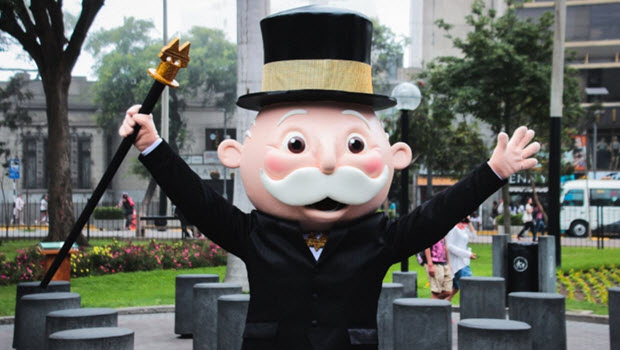 Lima voted TOP property in MONOPOLY HERE & NOW: World Edition
Lima voted TOP property in MONOPOLY HERE & NOW: World Edition 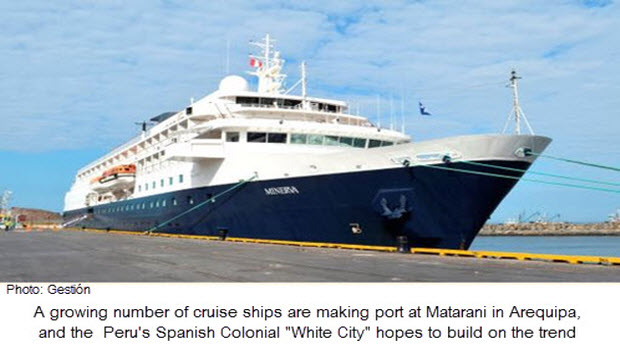 Make Arequipa a port of call on a luxury cruise vacation
Make Arequipa a port of call on a luxury cruise vacation 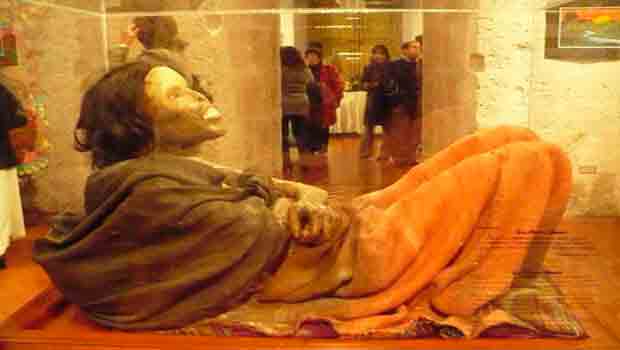 Arequipa tour attraction Juanita mummy placed in deep freeze
Arequipa tour attraction Juanita mummy placed in deep freeze 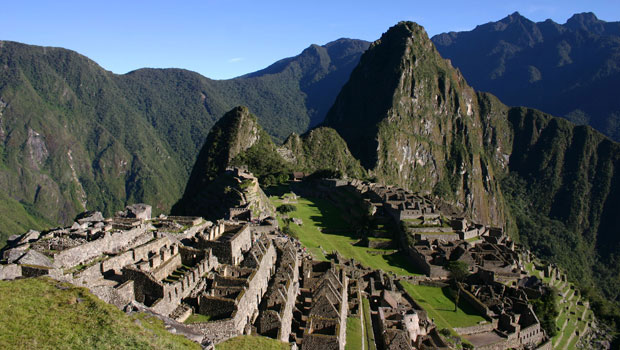 Does it make sense to visit Machu Picchu in January
Does it make sense to visit Machu Picchu in January 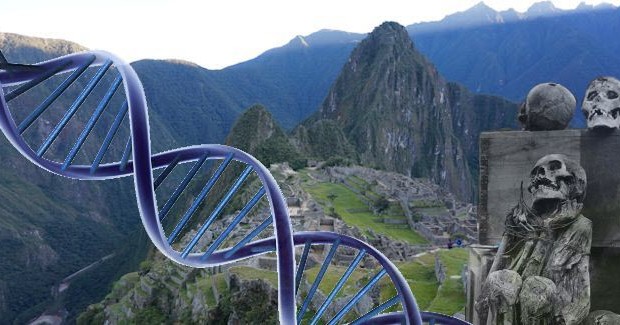 Scientists to Study Ancient DNA to Unravel the Mystery Of Machu Picchu
Scientists to Study Ancient DNA to Unravel the Mystery Of Machu Picchu 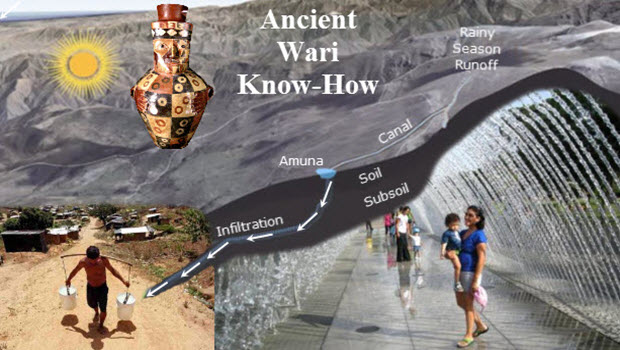 Refurbishing pre-Inca water channels to fix Lima’s desert water woes
Refurbishing pre-Inca water channels to fix Lima’s desert water woes